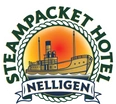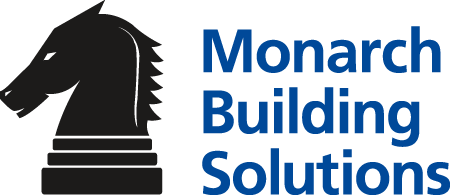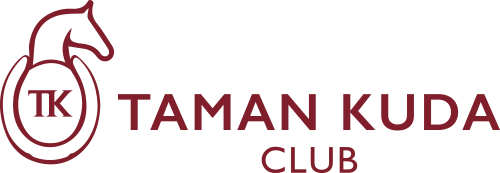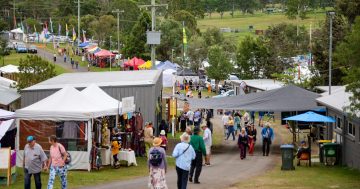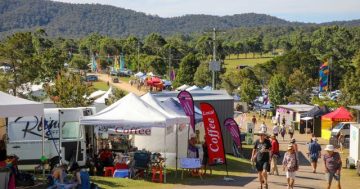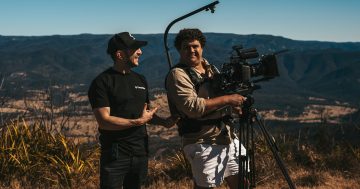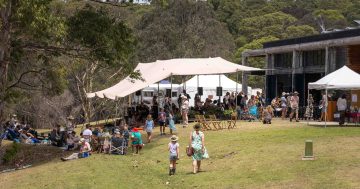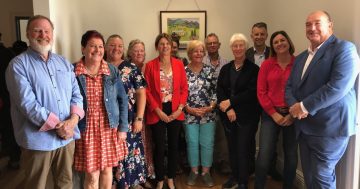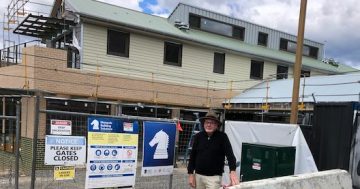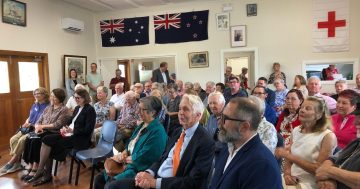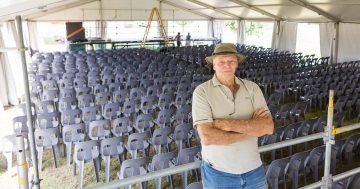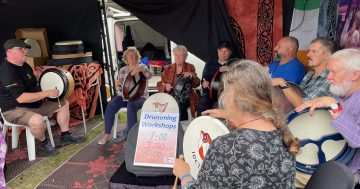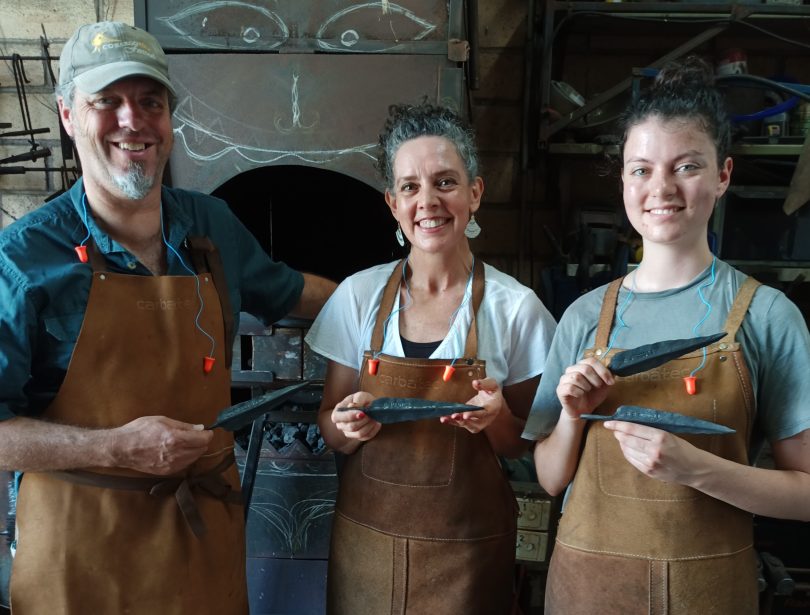
Dave Newell, Debra Summer and Ruby Newell forge leaves for the Cobargo Community Tree Project. Photo: Supplied.
The Cobargo Community Bushfire Recovery Fund (CCBRF) is a brilliant example of a rare community-led response and recovery initiative after a major disaster in Australia.
A committee made up of community volunteers managed almost $800,000 in donations and funded 54 projects over more than three years. Those projects contributed to rebuilding the town and the recovery of its community after the Black Summer bushfires.
As recognition grows that disasters affect people and places differently, there are increasing calls for community-led responses like CCBRF that reflect the community’s priorities and the local context.
CCBRF commissioned the Fire to Flourish unit of Monash University to do an independent review of its processes, document what it had learnt, celebrate its achievements, and share its insights on the success factors and challenges.
Fire to Flourish CEO Briony Rogers said that with “more disasters inevitable as the impacts of climate change worsen, CCBRF has valuable lessons for other communities, and for government agencies, aid organisations and philanthropic bodies”.
As scenes of the fire-ravaged town appeared on screens around the world, the Yuin Folk Club, which produces the Cobargo Folk Festival, started receiving offers of donations from people who knew the town and the folk festival. Other folk festivals and musicians who had played at the Cobargo festival offered to host fundraisers in Australia and overseas.
The Yuin Folk Club could not legally accept donations for the broader community’s recovery but quickly saw the donations could underpin a community-led grants program to support community wellbeing and recovery projects.
On 20 January 2020, the CCBRF was established as an independent, volunteer-run, not-for-profit incorporated association. It was registered with the Australian Charities and Not-for-Profit Commission. The CCBRF launched a GoFundMe campaign to raise further money.
To build trust and credibility, the CCBRF committee was formed with representatives from Yuin Folk Club, Bowerbird Opportunity Shop, Cobargo Co-operative Society, and the Cobargo Show Society. Those four not-for-profits were known to be experienced, capable and trustworthy. They brought connections and diverse local knowledge to the CCBRF.
The committee slowly grew into a diverse group of people who reflected the district’s demographics and broad-ranging skills.
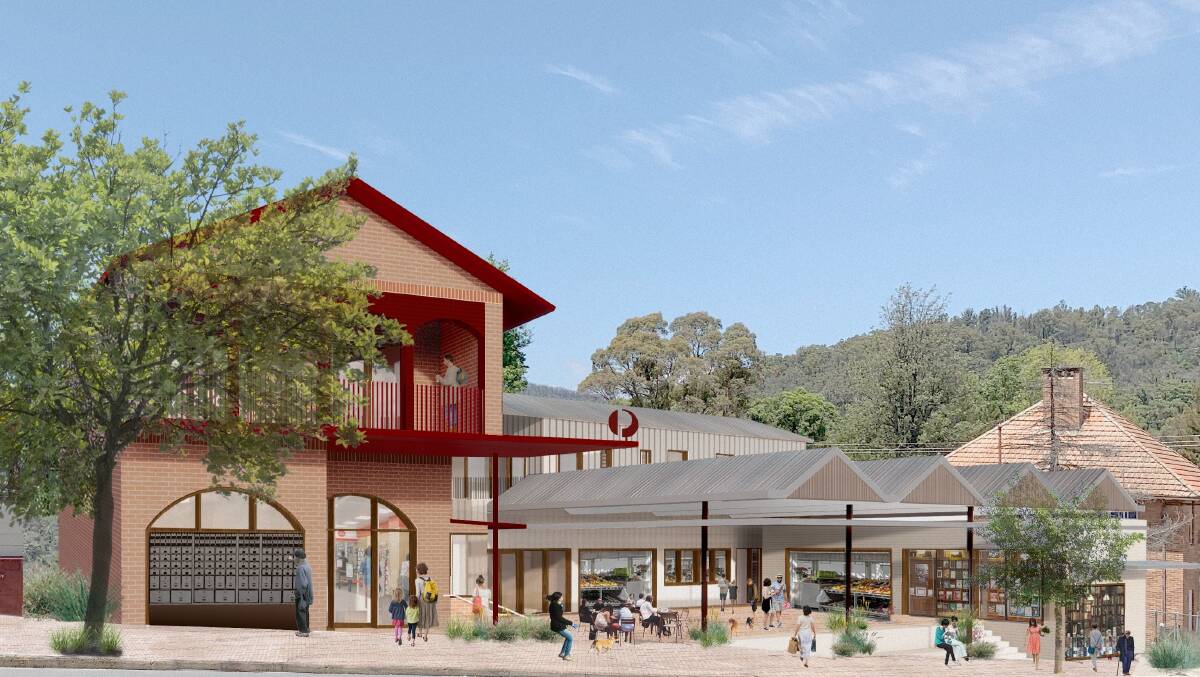
Image of the Market Square, part of the planned rebuild of Cobargo’s CBD. Photo: Supplied.
The CCBRF was set up with strong, well-defined governance and clear guidelines and principles. It enabled committee members to have the necessary robust, and sometimes uncomfortable, discussions about funding decisions. Transparency, fairness, and equity were key. The governance structure also helped members to deal with difficult situations, differing opinions and strong emotions.
COVID soon added to the anxiety and complexity.
Three Cobargo residents started Cobargo Community Catch-ups.
While independent of the CCBRF, ideas and themes raised in the catch-ups’ workshops, where people proposed and co-designed recovery and project ideas, were the seeds of projects that CCBRF later funded.
CCBRF wanted Cobargo to come back stronger and more united than before. All 54 projects it funded benefitted the community’s social capital, namely its people, connections and networks, cultures, knowledge, and skills. They also all benefitted the community’s mental and physical health and wellbeing, improving knowledge and access to services.
Additionally, 34 of those projects improved economic wellbeing, the natural environment, or the built environment of houses and other buildings, roads and critical infrastructure including communication, water, power, and waste management.
CCBRF was a way for people to get involved in the psychological and physical recovery of Cobargo and its people.
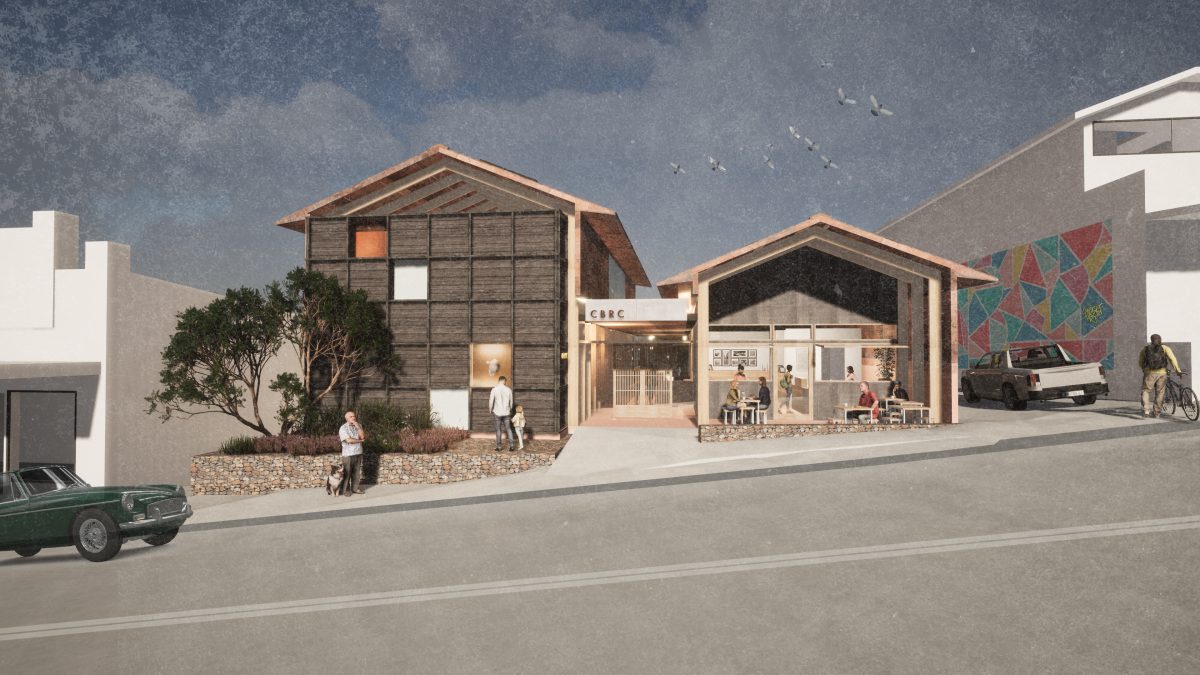
A sketch of the final design for the Cobargo Bushfire Resilience Centre after adjustments for heritage considerations and descoping. Photo: Takt Studio for Architecture.
CCBRF was sensitive to the fact that some people needed longer to get back on their feet. Farmers spent 18 to 24 months fixing their properties. By then, many support programs and activities had finished. CCBRF approved its last grant in September 2023 and still holds $200,000 for the beautification of Cobargo’s main street after its rebuild is complete.
It ensured the grant application process was simple and tried to minimise inter-community competitiveness and the risk of re-traumatising applicants. People got responses and funding quickly.
CCBRF stepped in when other organisations didn’t, such as the overdue upgrade of Cobargo’s Rural Fire Brigade Station.
Its funding was also instrumental to projects like the Cobargo Bushfire Resilience Centre and Rebuild Cobargo CBD successfully getting multi-million dollar grants from the Australian and NSW governments’ Bushfire Local Economic Recovery Fund. The project teams used the seed funding to engage architects and surveyors to develop concept plans, and to set up websites.
Every dollar that CCBRF granted helped generate around $230 in government grant funding for the main street rebuild.
The independent review concluded that Cobargo’s story demonstrated that communities are capable of self-organising and leading their own recovery, while generating a range of community benefits along the way.



